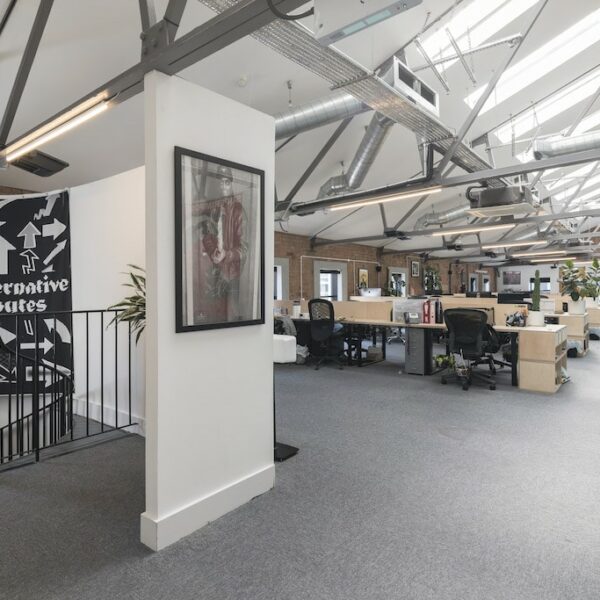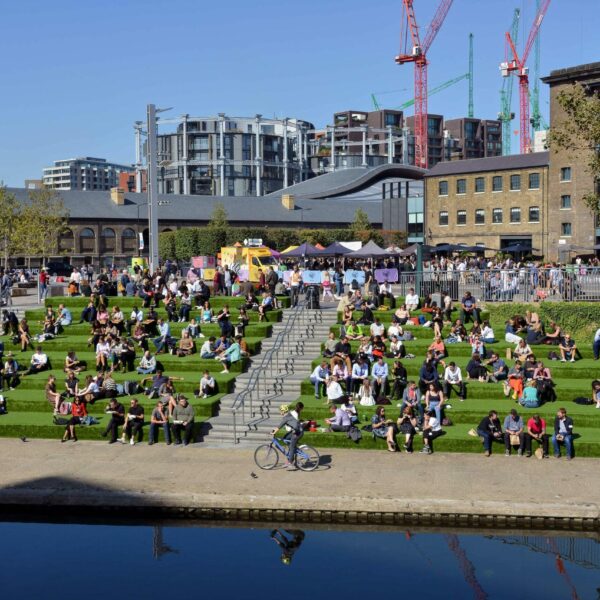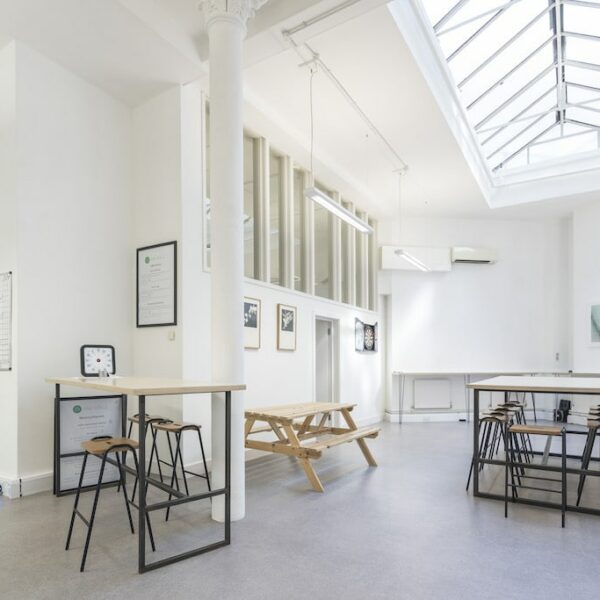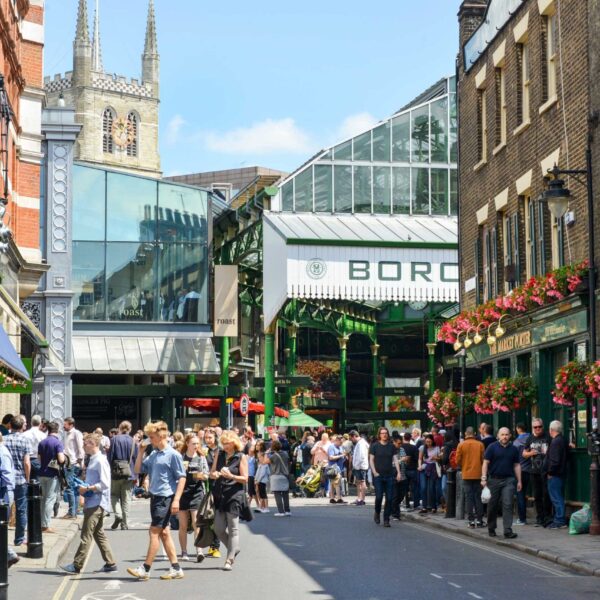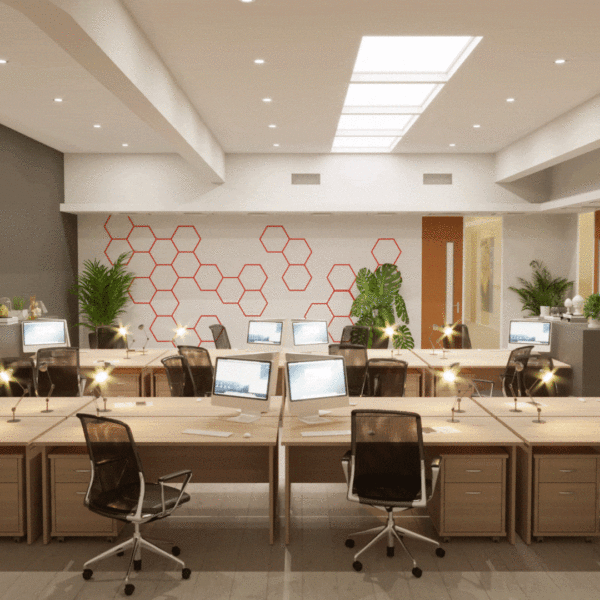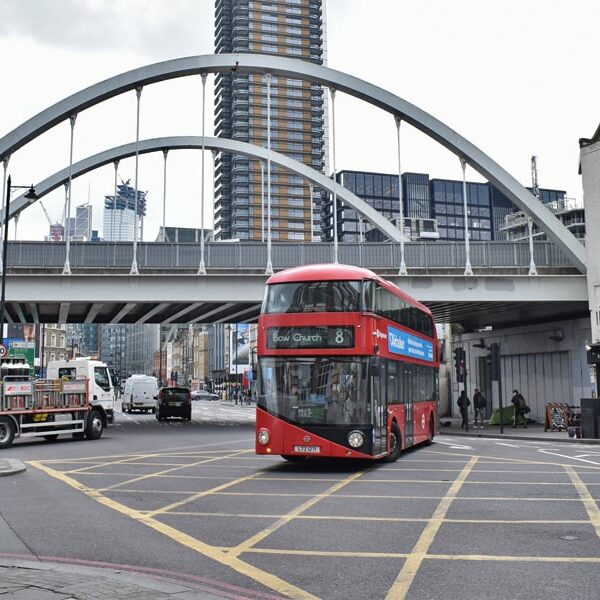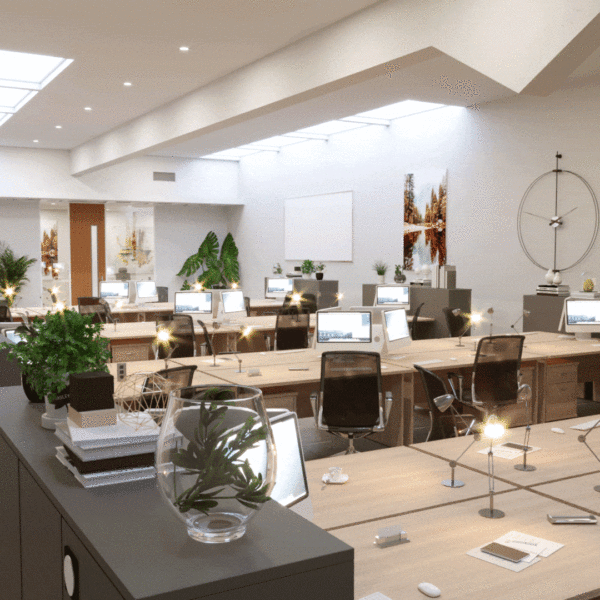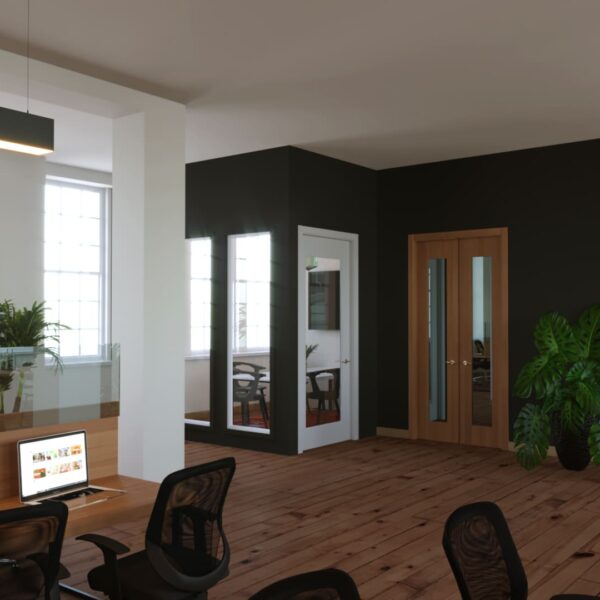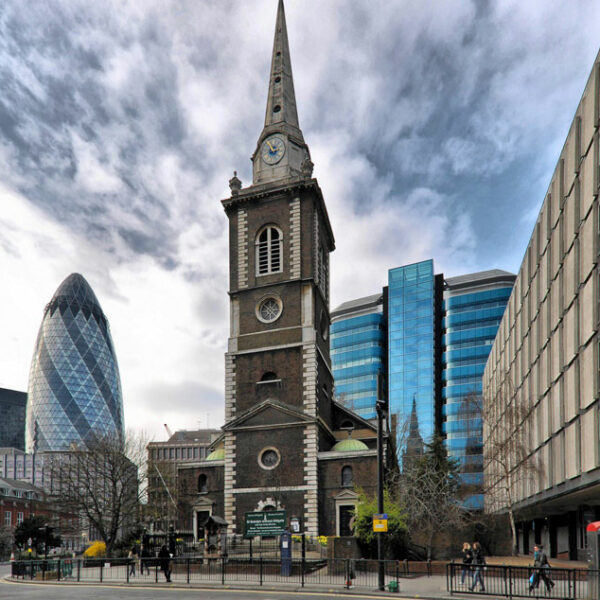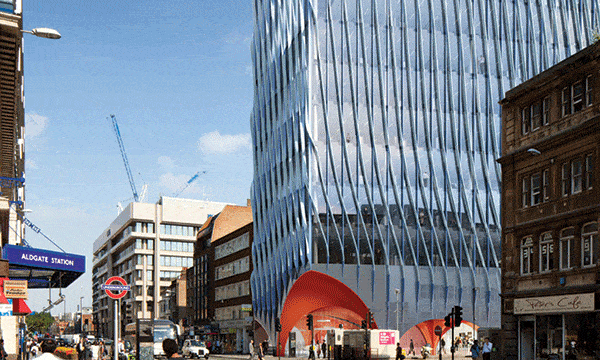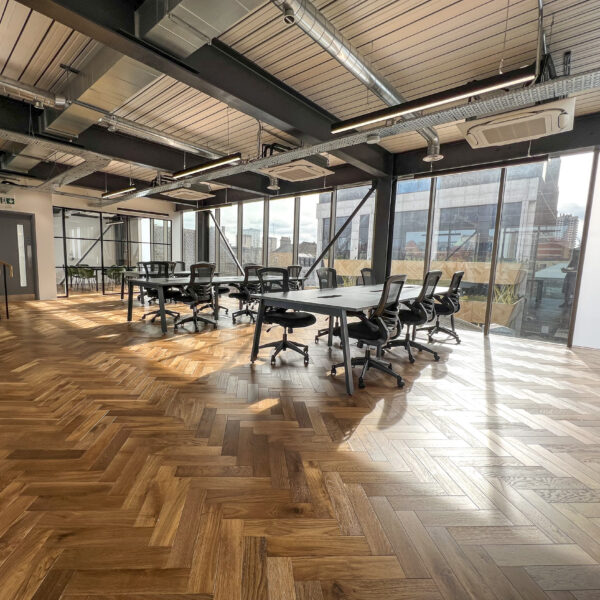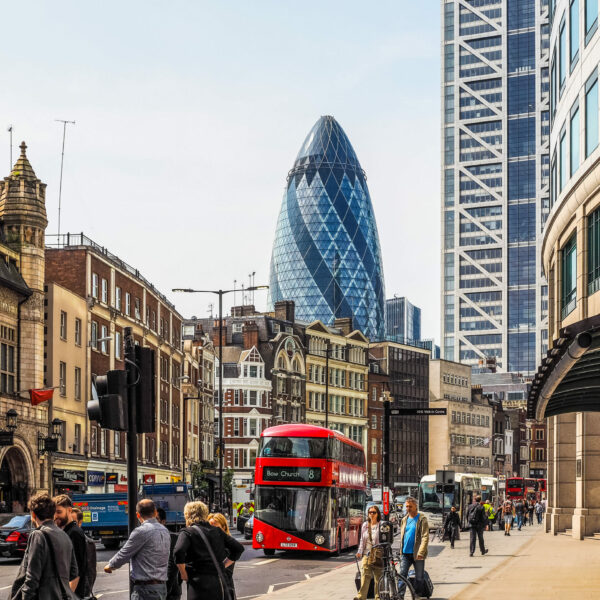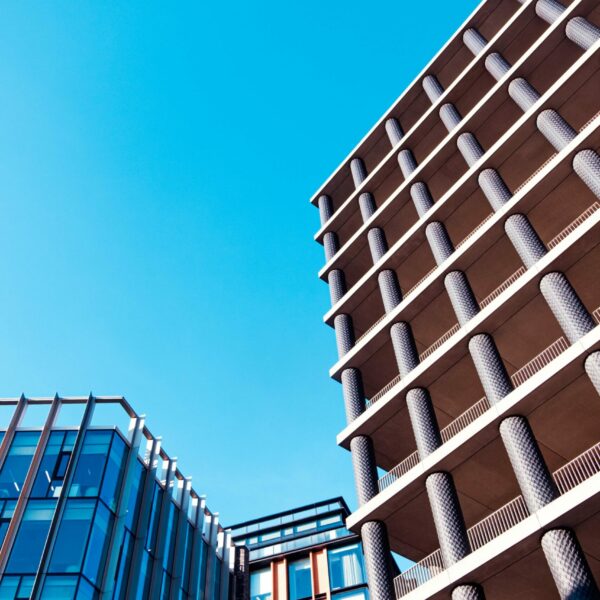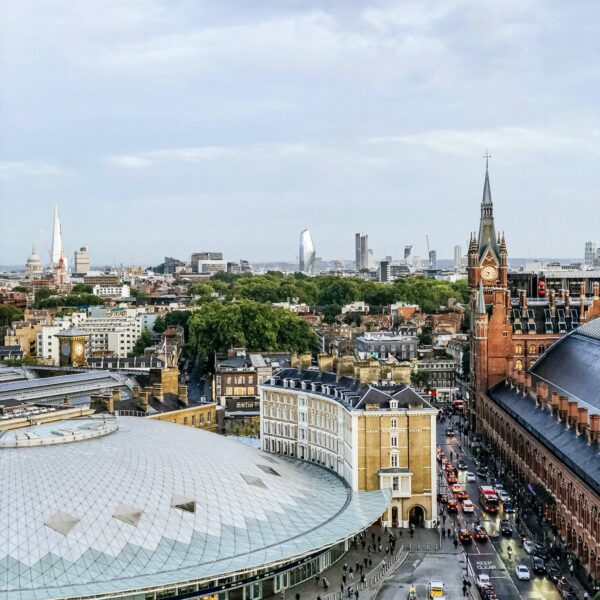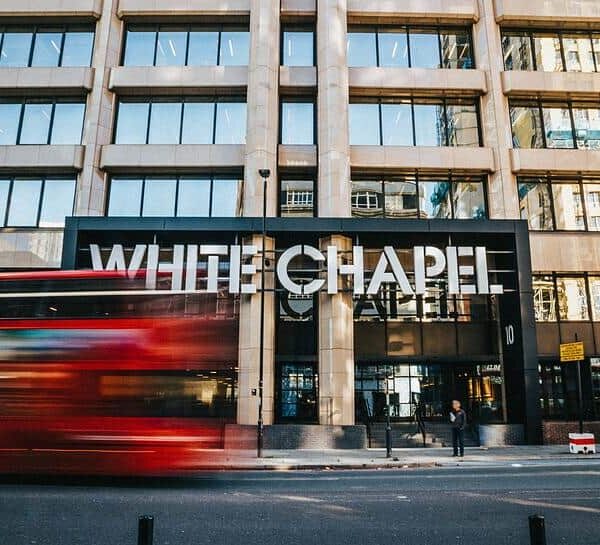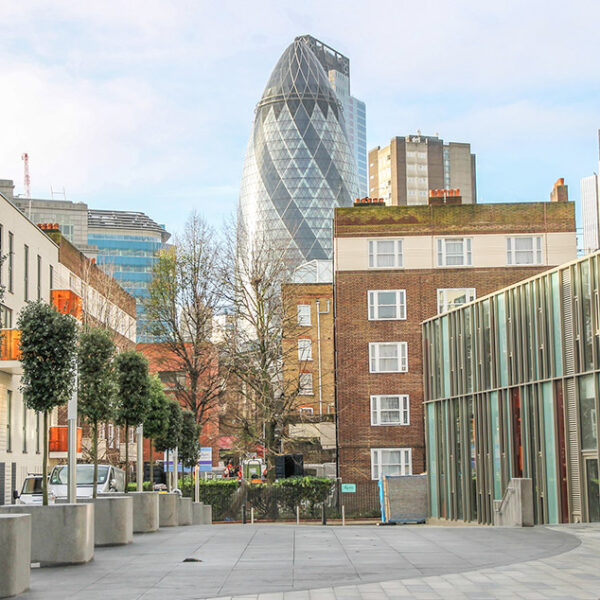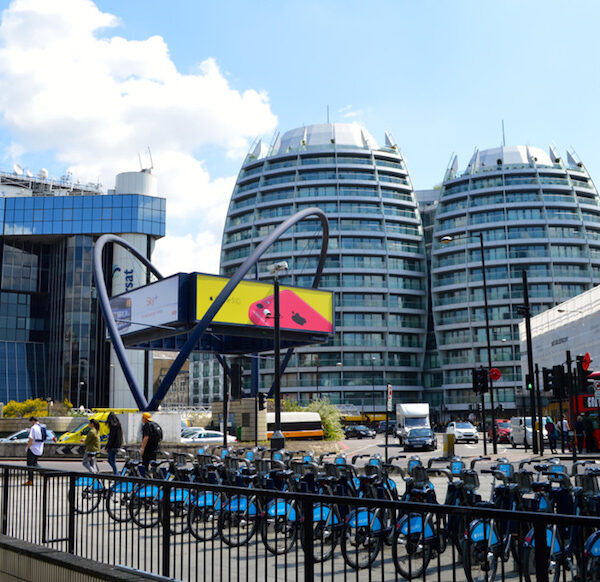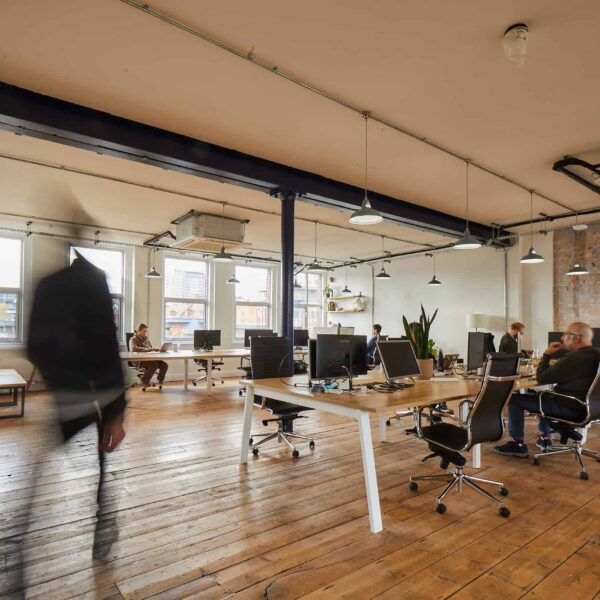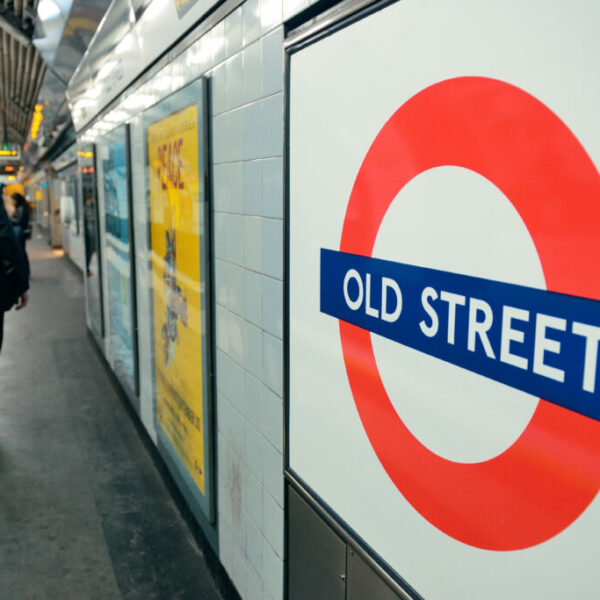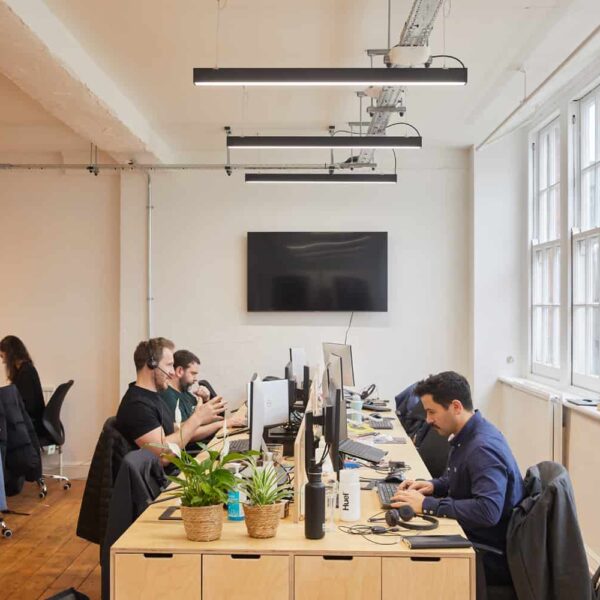Located in North London, Tottenham is a diverse and increasingly-popular place to situate an office or business HQ. With recent regeneration investments, the Tottenham area has transformed from a traditionally working-class area to a district rich with opportunity. When it comes to finding an office in Tottenham, it can be hard to know the range of spaces available and which might work best for your business. At Purpose Group, we’re committed to finding the perfect spaces for our clients. In this guide, we’ll cover all there is to know about Tottenham office spaces, the benefits of working in the area, and how to find your dream office.
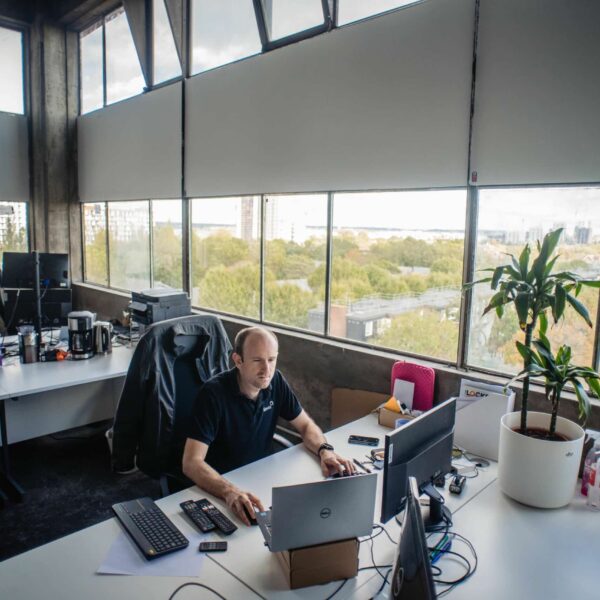
TYPES OF OFFICES
IN TOTTENHAM
When searching for an office in the Tottenham area, it is good to know that there is a range of options, fitting for both global companies and small businesses alike. Below, we’ve compiled an overview of the available office spaces in Tottenham as well as which businesses might best suit the various office types to give you a better indication of what could work for your organisation.
Private Office Spaces
The most traditional type of work environment has to be a private office. With a totally secluded space, private offices in Tottenham can be customised to suit your personal needs and requirements which is a key benefit for many businesses. Serviced offices are another popular office option, providing a private office which has been fully furnished to save you the task of organising everything yourselves.
Private offices are naturally one of the more expensive office types, however, they do offer consistency and stability in the workplace which is why so many organisations opt for them. Private offices in Tottenham are also ideal for those working with highly sensitive and personal information by providing full exclusivity.
Shared Office Spaces
Alternatively, some organisations lean more towards a shared office type as it allows people to benefit from all the facilities of a standard private office while minimising their outgoings.
Shared offices in Tottenham split the rental cost between multiple individuals or teams who then share the space – hence the name.This co-working may not work for everyone but it can be great for startups or small organisations who are not in a position to invest in a long-term private rental agreement.
Shared offices are therefore definitely worth considering if you don’t require a private space at all times.
Flexible Office Spaces
The term flexible offices can include a whole host of office space options such as virtual offices, hot desking, and temporary spaces.
In recent years, flexible working patterns have skyrocketed, reducing the need for a permanent office space. For those that work remotely or on a hybrid policy, flexible offices can be the ideal solution to the modern working world. Temporary spaces in Tottenham, for example, are available to rent for a shorter period than standard agreements, meaning those on seasonal or project-based contracts can still benefit from an office without worrying about the length of a lease.
Similarly, virtual offices in Tottenham are another popular office arrangement. Despite not having access to a physical office space, virtual offices allow businesses to have a Tottenham mailing address without having to pay the more expensive office rental fees. For those operating remotely, this is a great way to establish a business in the Tottenham commercial sector without having to compromise your working patterns.
Is Tottenham a
Good Area for an Office?
There is no one-size-fits-all when it comes to finding your ideal office location. Different businesses will have different needs, so it’s important to figure out your own requirements before jumping into a contract or agreement. Consider accessibility for commuting, other businesses in the area, and the image you hope to portray to clients when narrowing down your area choices. Here we’ve listed some of the main draws of the Tottenham area to give you more of an idea of whether it could also work for you:
Compared to other London districts, Tottenham is particularly affordable with lower rental prices for Zone 3, meaning you can get more for your buck in Tottenham.
Tottenham has had large investments over recent years and continues to do so, bringing more opportunities and excitement to the area.
Just over 8 miles away from the City, Tottenham has impressive transport links including multiple tube stations, national rail services, and bus routes throughout which are ideal for commuters.
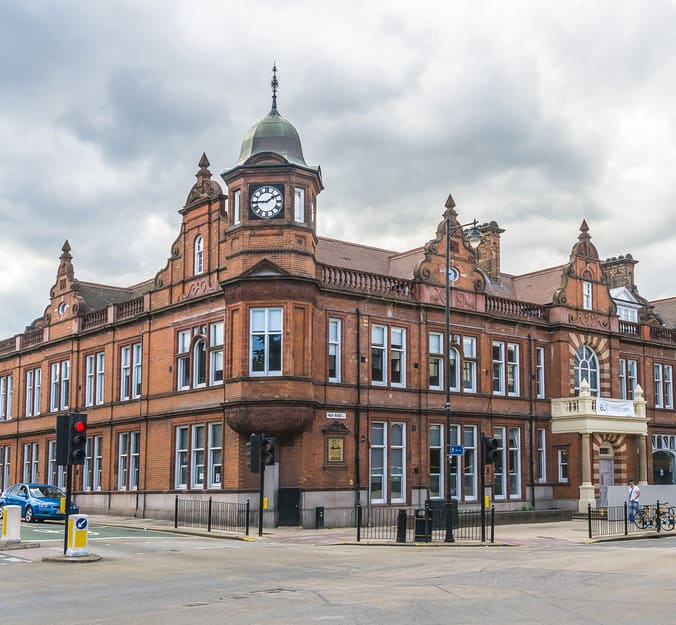
Area Information: Tottenham
The Tottenham area is celebrated for its rich cultural diversity, resulting in a range of international cuisine and character. Most notably, the area is home to the Tottenham Hotspur Stadium which offers tours of the grounds. There are various pubs, bars, and breweries also spanning the district, ideal for a drink after work or to impress clients.
Bordering Walthamstow, Edmonton, Wood Green, and Stamford Hill, you are never far from an activity or experience in Tottenham. The Walthamstow Wetlands for example are particularly close to Tottenham Hale and comprise of several interlinking reservoirs, perfect for an afternoon stroll. However you like to spend your free time, there is plenty to do in Tottenham which can add a great deal to your working week.
How to Find an Office in Tottenham
If Tottenham is the place for your business you’ll need to narrow down your search by looking at available current listings online to get the process moving. Once you’ve viewed some spaces or spoken to an agent about alternative office arrangements, you should be able to sign a lease and move into your ideal office space shortly after.
For further guidance on offices in Tottenham, please do get in touch with us at Purpose Group where we can talk you through the process and help figure out which office type would work for your organisation best. Get in touch to speak to one of our colleagues online today.

